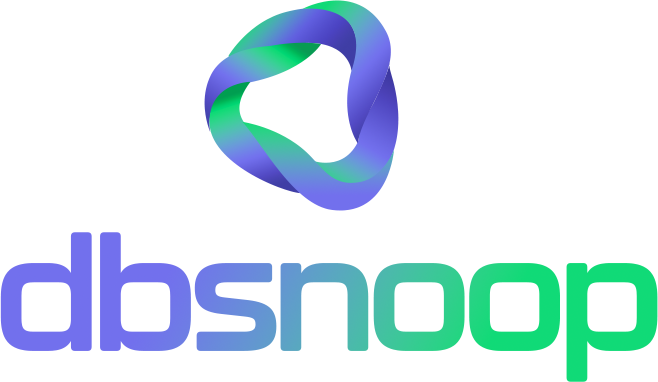

Every DevOps professional and DBA is prepared for the abrupt problem. That moment when the database server hits 100% CPU usage, the monitoring dashboard lights up red, and the pager goes off. But what most people ignore, and what is far more dangerous, is continuous performance degradation.
It’s the problem that hides in plain sight. The query that took 100ms yesterday and takes 150ms today. The report that was generated in 5 seconds and now, 3 months later, takes 20 seconds. These small increases in latency, which go unnoticed by traditional alerts, accumulate. And when they finally become unsustainable, the resolution is much harder, because the cause is not a single event, but a slow and silent process of erosion.
This article will reveal why this degradation happens and how modern observability is the only way to detect it before it causes a complete system collapse.
The Silent Process of Degradation
Continuous degradation is the result of a series of small factors, often seemingly unrelated, that add up over time.
Data Volume Growth
This is the most common and obvious factor, but also the most ignored. As your customer base grows, the amount of data in your tables increases. The query that was fast on a table with 100,000 rows can become unsustainable on a table with 10 million. Most monitoring tools don’t correlate the increase in latency with data growth, treating each event as isolated.
Changes in the Execution Plan
Database optimizers are smart, but they aren’t perfect. With data growth or changes in statistics, the optimizer might decide that the execution plan for a query that worked perfectly is no longer ideal. It might swap an index scan for a full table scan, resulting in a massive and unexpected performance degradation.
Index and Table Fragmentation
Over time, INSERT, UPDATE, and DELETE operations cause fragmentation. This makes the database spend more time searching for data, even if the query is the same. It’s a problem that accumulates and is not detected by CPU or memory metrics until it’s already too late.
Subtle Bad Code Commits
A new feature is deployed, and a developer adds a query that seems harmless. It works well for a single user, but at scale, it becomes a bottleneck. The degradation happens when that feature starts to be used by more and more people, and the problem only appears when the usage volume becomes critical.

The False Sense of Security
Traditional alerts give a false sense that everything is under control. If the CPU is below 80% and there are no timeouts, the perception is that there are no problems. What most teams don’t understand is that continuous degradation doesn’t cause CPU spikes; it causes a slow, gradual increase.
The MTTR (Mean Time to Resolution) for these problems is much higher, because the team lacks the necessary historical visibility. They see the problem now, but they can’t see the process that led up to it.
dbsnOOp: The Time-Based Analysis Tool
dbsnOOp was built to tackle continuous degradation head-on. While other tools focus on the here and now, dbsnOOp offers the temporal view that is essential for identifying and resolving these silent problems.
Infinite Historical View: dbsnOOp stores the telemetry of each query in a long and detailed history. You can see the execution plan of your query from 3 months ago and compare it to today’s, identifying exactly where and why the performance started to degrade.
AI for Regression Detection: Our AI doesn’t wait for a CPU spike. It learns the normal behavior of each query and alerts you the moment a performance regression begins to happen, even if it’s subtle. dbsnOOp notifies you when your most important query starts to get 20ms slower, giving you time to fix the problem before it impacts the end user.
Data Growth Analysis: dbsnOOp allows you to correlate latency growth with data volume growth, giving you the context that traditional monitoring tools ignore. You can see the exact point where your optimization stopped being effective and plan the next action.
Continuous degradation is a ghost that haunts database systems. It doesn’t cause panic at first, but it can lead to a complete collapse in the future. The only way to fight it is with an observability platform that understands time, history, and context.
Don’t let silent degradation destroy your system’s performance. Schedule a meeting with our specialist or watch a live demonstration!
Schedule a demo here.
Learn more about dbsnOOp!
Learn about database monitoring with advanced tools here.
Visit our YouTube channel to learn about the platform and watch tutorials.


